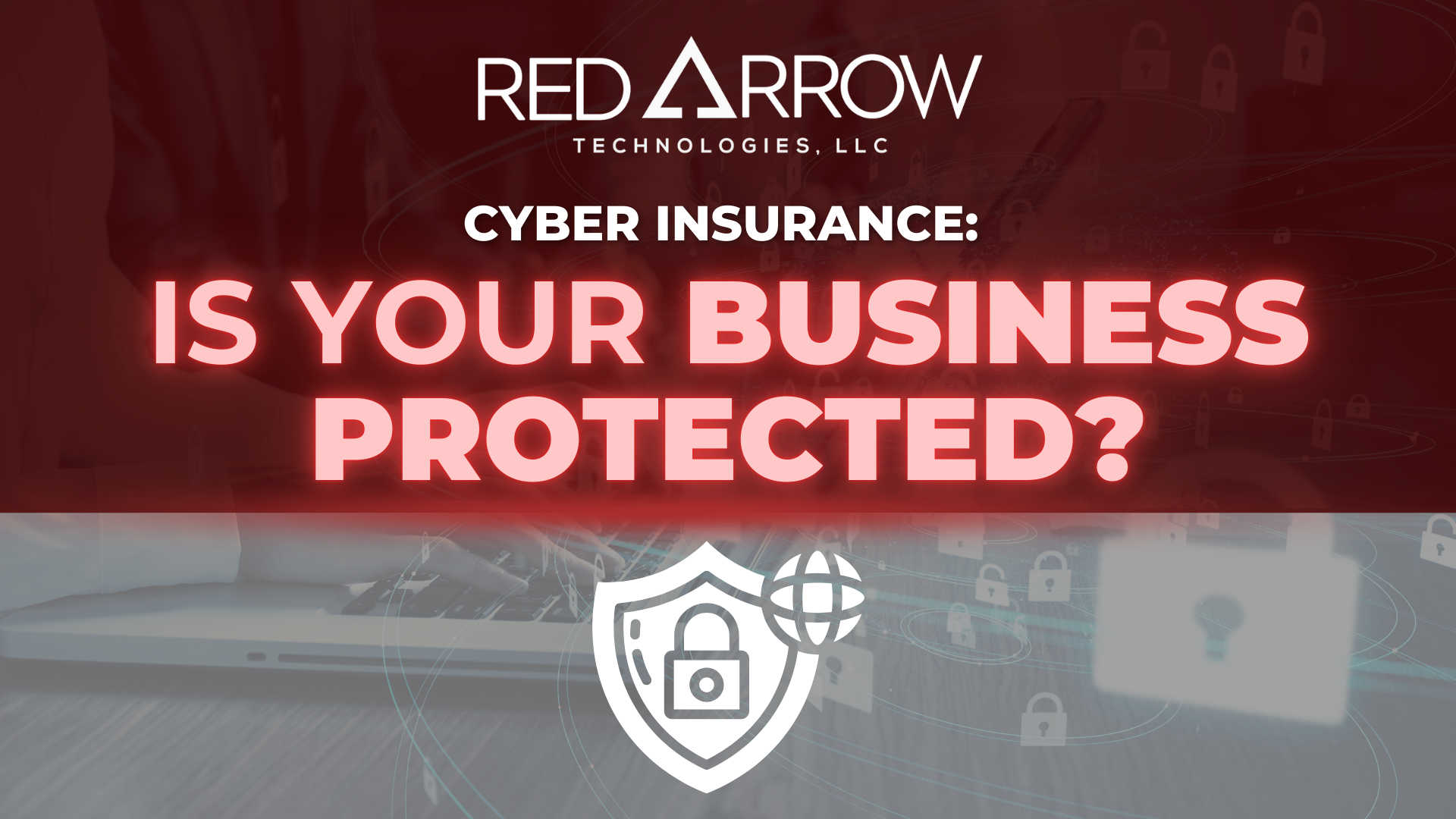It usually starts with something minor.
An unexpected email arrives in the inbox. Not harmful-looking. It could be a fake bill, a message from a fake seller, or a link that looks just like the real thing. Within hours, the employee locks down files, halts work and displays a ransom demand on the screen.
For small and medium-sized businesses (SMBs), this is a common occurrence.
Cyberattacks have become much more common and expensive in the past few years. But many business owners don’t understand the implications until it’s too late: security tools alone aren’t enough. Even with multifactor authentication (MFA), firewalls, and endpoint detection, a hack can still lead to legal and financial issues. That’s why cyber insurance policies are critical.
Why Cyber Insurance Matters More Than Ever
Cyber insurance is relatively similar to fire insurance, but instead of smoke and ash, you have to deal with claims, lost customer data, and frozen payroll systems. While it doesn’t serve as a substitute for adequate security, it can provide financial protection in the event of breached barriers.
In 2023, IBM’s Cost of a Data Breach study found that U.S. companies had the most expensive breaches, costing an average of $9.48 million. That’s not only for big business. According to Hiscox’s Cyber Readiness Report, 41% of U.S. small businesses have been hacked in the past 12 months. Many of them folded within six months of what happened.
Countless individuals still think internet insurance isn’t necessary.
To be clear, understanding cyber insurance for small businesses isn’t just about compliance or checkboxes. It’s important to guarantee the survival of your business. And the first step is to understand what these plans cover and what they don’t.
What Does Data Breach Coverage Include (And What Gets Missed)?
This is where a lot of misunderstanding starts.
Many believe that data breach coverage means absolute financial security. The fine print does, unfortunately, matter greatly. An effective policy will cover:
- Incident response costs, including forensics, breach notification, and legal help
- Revenue lost during downtime
- Ransomware payments, when legally permitted
- Regulatory fines or penalties
- Third-party claims
These perks vary significantly among different providers, which is a significant concern. Some don’t pay as much for work interruptions. Others don’t include any insider threats or social engineering scams. Some rules might say that certain safety measures must be in place, like using more than one method of authentication, patching regularly, and encrypting backups; if not, they might not accept your claim.
This is the place where insurance and cybersecurity risk management meet. You can’t just buy insurance; you have to qualify for it.
Aligning Risk Management with Insurance Strategy
Your insurance policy serves as the foundational elements like the two legs of a ladder. To get out of an incident, you need both.
If you have an effective cybersecurity risk management program, you may be able to get better terms and lower rates. These days, insurers often ask:
- Regular risk assessments
- Endpoint detection and response (EDR)
- Employee awareness training
- Incident response planning
- Encrypted off-site backups
These aren’t just security-recommended practices; they’re often policy requirements.
Businesses can buy a policy without these steps but won’t get paid when it counts. Others experience this firsthand.
What to Look for in a Cyber Insurance Policy
Choosing internet insurance isn’t the same as picking tire insurance. No one standard applies to everyone, and jargon is very common. Here’s what to look for in a cyber insurance policy.
- First-party coverage: In case of data loss, downtime, or legal fees, this saves your business.
- Third-party coverage: This protects you if clients or vendors sue after a breach.
- Retroactive date: Look for a policy that covers previously undetected breaches.
- Coverage limits: Does the policy cover a six-figure ransomware demand and the subsequent months of cleanup?
- Policy exclusions: Pay attention to what isn’t covered, like bring-your-own-device (BYOD) risks, systems that haven’t been fixed, or outdated software.
- Claim support: Some insurers offer 24/7 incident response hotlines or access to vetted cybersecurity firms.
Do not do it alone. You wouldn’t write your formal contracts from scratch, and you shouldn’t try to figure out complicated cyber insurance terms without help from people in the field.
Closing the Gaps with Red Arrow Technologies
Cyber insurance isn’t something that just exists. It should work with your security measures, not replace them. But it’s a full-time job to make sense of policy language, risk thresholds, and technical standards.
At Red Arrow Technologies, we help companies figure out how much risk they are currently facing, introduce changes to their cybersecurity, and make sure they get and keep the right cyber insurance policies. This way, you can be sure your team is ready for whatever comes next, not just hoping it doesn’t happen.
Contact Red Arrow Technologies immediately to talk about your risk before attackers do.



